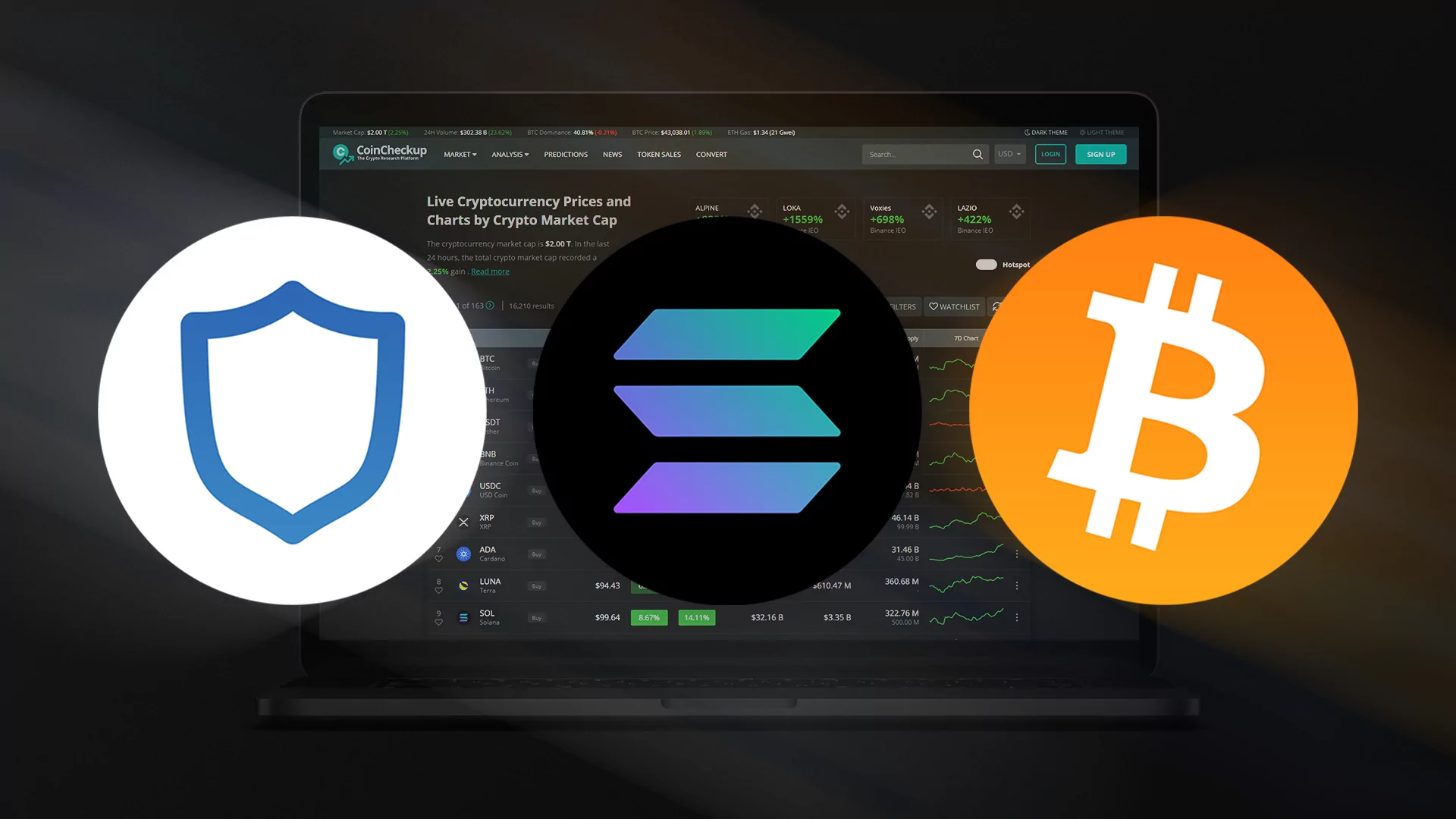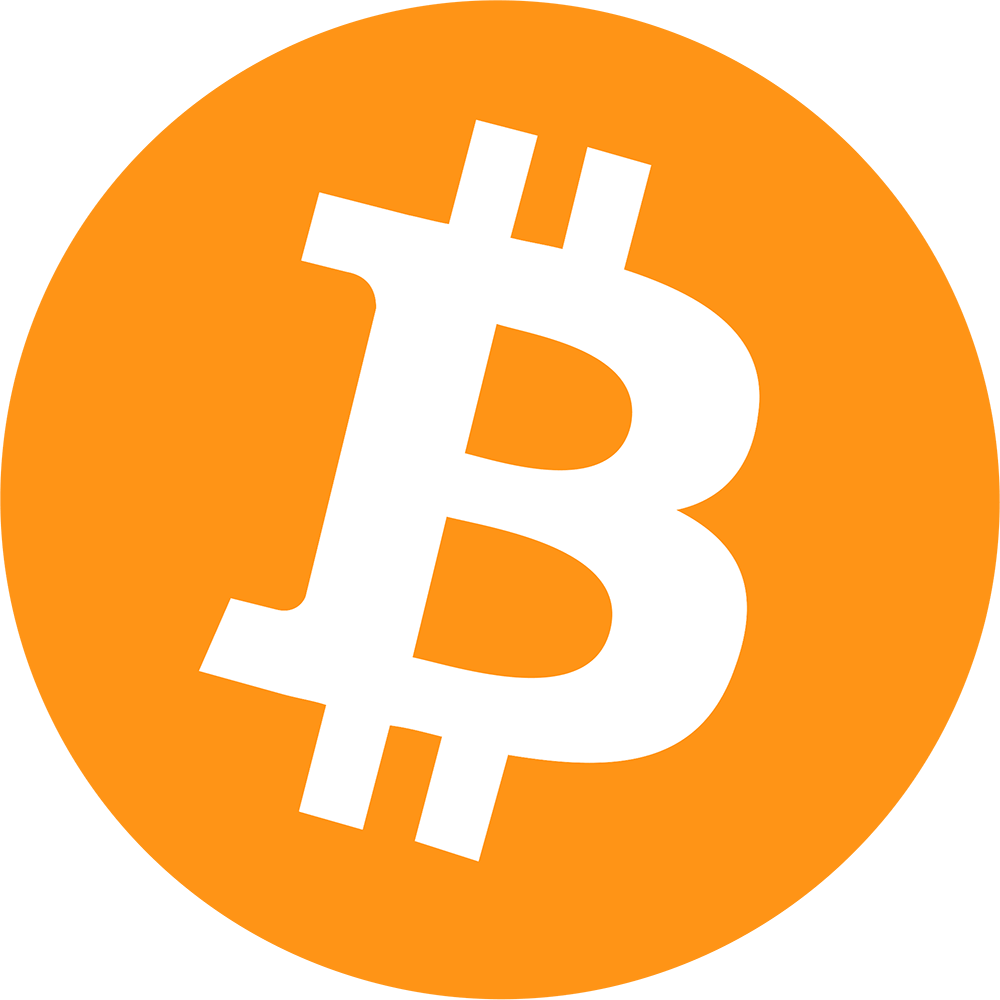
During the last week, the total cryptocurrency market capitalization fell from $1,07 trillion to just $836 billion, a drop of almost 22%. At one point on November 9, the total market capitalization was as low as $803 billion. The bloodbath on the crypto markets was caused by the collapse of FTX, the second largest cryptocurrency exchange and the insolvency of Alameda Research, the company behind the exchange. While Binance’s CZ initially signed a non-binding letter of intent to acquire the FTX exchange and absorb its assets, debts and users, the largest player in the crypto sector had a change of heart after taking a detailed look in the FTX’s books. FTX was therefore left to collapse like a house of cards. The fact that even the biggest and most regulated exchanges are not to be entirely trusted has shaken the confidence of many investors. On-chain data shows increased crypto outflow from exchanges, as holders are afraid that other exchanges might follow. In fact, the increased withdrawal volumes are the ultimate stress test, that could potentially weed-out the exchanges that do not hold reserves at a 1:1 ratio compared to users’ deposits. While it should already be clear that it is best to keep crypto in a self-custody wallet, the question which asset to hold remains. To help you with your decision, the following article covers three cryptos that will be interesting to follow this week.

3. Trust Wallet Token (TWT)
Trust Wallet is a non-custodial decentralized crypto wallet launched in 2017 that is on a mission to simplify the safe storage of cryptocurrencies. When utilizing Trust Wallet, investors are responsible for the safekeeping of their own private keys, which also allows for the true ownership of the crypto assets. The wallet’s app is easy-to-use and supports the storage of over 8 million different coins and tokens including NFTs. In addition, many cryptocurrencies can be purchased directly on the platform through various third-party providers such as Mercuryo, MoonPay, Ramp Network, Simplex, Transak and Wyre. The Trust Wallet Token (TWT) is a BEP20 token that serves as the project’s governance token. In addition, the token can also be utilised for discounts when trading crypto or making purchases within the app. However, it must be noted that while the wallet itself is decentralized, the company that develops the Trust Wallet is owned by Binance.
Fear that other exchanges might collapse as the FTX did urges holders to migrate their assets to self-custody wallets
The collapse of FTX came as a not-so-kind reminder that the age-old saying “not your keys, not your crypto” still holds true. And since there is a lot of the uncertainty around which exchange is going to collapse next, many have made the sound decision to weather the storm by moving their assets off of centralised exchanges (CEX) and their custodial methods to decentralised wallet and cold storage. The Trust Wallet also published several reasons that depict why moving coins off exchanges should be a no-brainer. In addition, the project tweeted several pieces of advice for a calmer and healthier life, including the self-custody of crypto assets:
The wide variety of cryptocurrencies and the simplicity of use have apparently convinced many crypto holders to consider using Trust Wallet for storing their coins. Furthermore, this decentralized wallet features several staking and earning options for 12 different coins, which is very appealing to those who don’t want to just leave their valuable coins collecting dust in their digital wallets. The increased amount of attention enjoed by this popular decentralized wallet has resulted in a TWT rally. The project’s native token, which is currently up by more than 70% in last 24 hours, has set its ATH price of $2.33 on Sunday, November 13.

2. Solana (SOL)
Solana is a smart contract enabled blockchain platform developed with a focus on scalability. Due to its high throughput of 65,000 transactions per second and absurdly low transaction fees (an average transaction on the blockchain costs just $0.00025), Solana is considered one of the strongest Ethereum competitors. Such a high blockchain efficiency is made possible by utilizing an innovative proof-of-stake consensus mechanism combined with proof-of-history (PoH) timestamping mechanism. Because of the reasons, Solana is very popular among various non-fungible token (NFT) projects and decentralized finance applications of all kinds. In addition, the project is also backed by major investors such as Polychain and Andreessen Horowitz that provide Solana Labs with more than sufficient funds for further development of the Solana ecosystem.
Solana markets crumble under the weight of FTX and Alameda Research collapse as both companies were prominent investors in the Solana ecosystem
FTX and Alameda Research were both significant investors in Solana blockchain as well as several Solana-based projects. As it became clear that the FTX and Alameda Research were en route to insolvency the Solana ecosystem lost an important backer. Nevertheless, this was not the reason that triggered SOL’s price plunge from $36 on November 6 all the way down to a local bottom of $10.90 on November 9. While around 20% of the almost 70% loss in SOL valuation can be explained by the general FUD that is spreading across the whole cryptocurrency market, the remaining 50% of the drop was Solana-specific and was likely due to investors selling-off their SOL in fear of Alameda Research dumping its massive SOL share to access liquidity. At the moment Solana markets are devastated and SOL price has only managed to climb to around $14. Nevertheless, Solana project is exactly the same as it was before the FTX’s collapse, indicating that SOL could be significantly undervalued at the moment. Furthermore, Solana has many developmental milestones scheduled for the upcoming months. The Solana Mobile projects is preparing for the release of the Solana-friendly Saga smartphone in early 2023. To kick-off Saga smartphone sales, Solana has partnered with Helium, which will give away a free 30-day subscription to the Helium Mobile 5G network to every buyer of the said phone in the United States. Solana has also scored several other collaborations. Just recently, Google Cloud revealed that they are running a Solana validator and will allow its users to launch dedicated Solana nodes on Google Cloud as of next year. Do you also think SOL might currently be trading at a heavily discounted price?

1. Bitcoin (BTC)
Although we believe Bitcoin does not need much introduction and that all eyes would be on it even if it were not featured on our list, here is a short summary of the history and key characteristics of the first truly decentralized digital currency. The world’s pioneer cryptocurrency was launched by pseudonymous figure named Satoshi Nakamoto in 2009 and has a capped supply of 21 million coins. The decreasing miner block rewards make the cryptocurrency scarcer with time, ensuring a deflationary nature. Bitcoin is also often referred to as the barometer of the cryptocurrency market as other assets usually follow BTC’s price performance.
The oldest and most reputable cryptocurrency – the perfect asset to weather out the storm?
Although the FTX and Alameda Research collapse had a sector-wide effect and briefly pushed Bitcoin below the $16,000 valuation, the world’s oldest, largest, and most reputable cryptocurrency for many still represents a safe-haven. While selling other cryptocurrencies for Bitcoin might protect you from even higher losses potentially incurred if holding riskier altcoins, it is not quite clear whether Bitcoin has reached its cycle bottom just yet. Bitcoin is no stranger to massive bear markets and lost around 84% in the Bitcoin bear market of 2018 when the price of BTC gradually fell from $20,000 to as low as $3,200. Applying this historical price change to this cycle means that Bitcoin would bottom out at around $11,000 if the market price was to decrease by the same percentage from the ATH price of around $68,700 in November 2021. This implies that the real Bitcoin bottom may be even lower than the current BTC market price. It is especially likely that BTC will be headed to new lows, perhaps as far as $11,000, if by the FTX’s would trigger a “domino effect”, causing other exchanges to collapse as well. The fact that crypto lending platform BlockFi had to freeze withdrawals on November 11 and that Crypto.com audit revealed meme tokens (mostly SHIB) represent more than 20% of this exchange’s reserves indicates that more of the industry’s big players might already be in trouble. Nevertheless, in case the worst-case scenario does not materialize, Bitcoin will likely lead the sector’s recovery/rebound. Besides monitoring for a BTC breakout and signs of recovery, it is also worth keeping an eye on the traditional markets as positive signs on these markets could reflect on BTC market as well.



